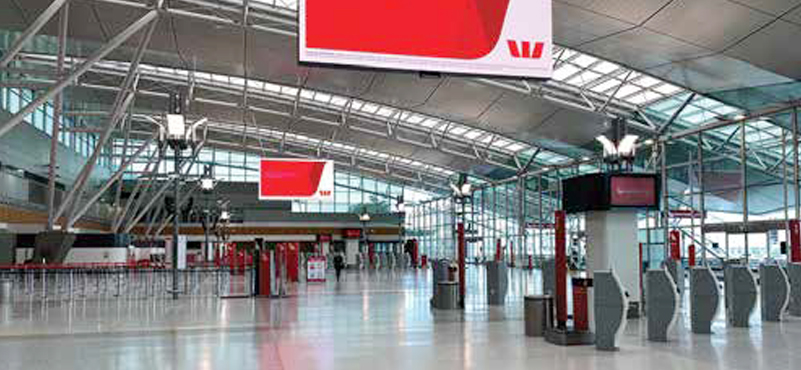CAPA’s latest report on the state of airport infrastructure narrates a harrowing tale of how the boom in passenger traffic in the recent years has brought airports close to supply saturation, and in dire need of an urgent dose of infra revamp. As per the data made available by the aviation think tank, Indian airport system is likely to exceed its structural capacity by 2022, if the current passenger growth prediction holds on. Worse, this level could be penetrated sooner than forecasted if there is delay in new projects.
Key Indian airport gateways, Delhi and Chennai are expected to reach capacity saturation in the next 4-6 years, while owing to limited spare capacity, Mumbai is already nearing saturation, mentions the report. “Amongst AAI airports, Pune and nine other airports are already operating above their design capacities. Faster than 10% growth – 12.5% is more likely – will result in capacity thresholds being breached even earlier,” the report reads.
An exponential rise in passenger volumes has turned India in to a major global player. Indian aviation companies are likely to add over 350-400 aircraft in the next five years – with three largest LCCs accounting for close to 275 aircraft. This large-scale induction is predicted to bring with itself new set of challenges for Indian airlines. CAPA report states, “airlines are already facing challenges securing overnight parking bays. This will become increasingly difficult with so many aircraft scheduled for induction over the next 5 years. These aircraft will also have to fly somewhere. As metro airports become saturated, airlines will have to deploy more capacity to tier-2 cities over the next 3 years due to slot constraints.”
Making a mention of the Regional Connectivity Scheme, the report notes that the new scheme would enable diverting traffic to non-metro airports, and thereby lead to “faster utilisation of AAI airport capacity.” The Scheme, however, would only be a stop-gap arrangement, because even with the additional capacity, most AAI airports will saturate within 5-7 years, some possibly even faster in under 5 years, the report asserts.
Given the growing mismatch between passenger growth and commensurate infrastructure, India would need to invest “an estimated USD36-45bn investment in around 55 airports by 2030, to create an additional 500-600 million passenger capacity”. The report asserts that 55 new airports would need 1,50,000 to 200,000 acres of land, which suggest that favorable land acquisition policies would be needed to put in place, along with the hefty financial push to plug in the loopholes.
All is not gloomy, however. There are visible tailwinds, positive signs of a strong revival in airport capacity initiative since the beginning of 2016, the report notes. A number of projects are being initiated and are underway, but it has come off as too little and too late, the report indicates.
Taking stock of the challenges in the years ahead, CAPA has raised pertinent questions and flagged off several areas, including the need for robust airport planning, land banks and policies pertaining to land acquisition and optimal utilization of airport resources. The report also makes a mention of absence of any policy pertaining to deciding when to open a second airport in the city, among others.
Making a mention of the PM’s clarion call for transformational economic agenda, the report asserts “the nation would need decisive airport capacity to be developed well ahead of time, to provide the domestic and international connectivity that is essential for achieving this vision.”




































